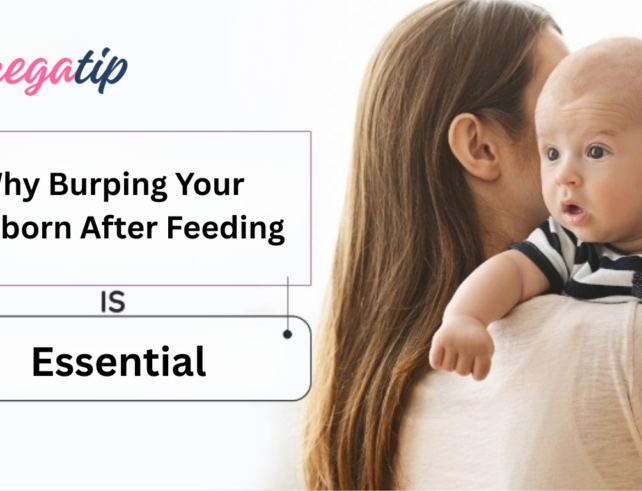Guide To Monitoring Your Baby’s Health Beyond The Due Date


The final weeks of pregnancy can be a mix of anticipation and uncertainty, especially when the due date comes and goes. This article aims to provide expectant mothers with a comprehensive guide to monitoring their baby’s health beyond the due date. We will explore the reasons for extended pregnancies. Additionally, we’ll cover potential risks and essential strategies for ensuring the well-being of both mother and baby.
The due date is a highly anticipated milestone in pregnancy, but sometimes, babies have their sense of timing, arriving later than expected. Monitoring your baby’s health beyond the due date becomes crucial when this happens. Understanding the signs, potential risks, and necessary interventions is essential for expectant parents and doctors. In this article, we will explore the various aspects of monitoring your baby’s health beyond the due date. It includes the reasons for post-term pregnancies, the importance of fetal well-being assessments, and the options for ensuring a safe arrival when the expected due date comes.
1. Understanding Post-Term Pregnancy
a. Definition
Monitoring your baby’s health beyond the due date involves understanding the concept of post-term pregnancy, which refers to pregnancies that extend beyond 42 weeks.
b. Prevalence
Post-term pregnancies are relatively uncommon, occurring in approximately 5% of pregnancies. However, recognizing the signs and risks is crucial for proactive healthcare.
2. Reasons for Prolonged Pregnancy
a. Uncertain Due Dates
Inaccurate estimations of the due date can contribute to perceptions of a prolonged pregnancy. Ensuring accurate dating through early ultrasounds is essential.
b. Hormonal and Genetic Factors
Certain factors, such as hormonal imbalances or genetic predispositions, may influence the gestation length. Identifying these factors is essential for tailored care.
3. Risks Associated with Post-Term Pregnancy
a. Fetal Distress
Beyond the due date, the risk of fetal distress increases. Continuous monitoring of the baby’s heart rate is crucial to detect signs of distress quickly.
b. Meconium Aspiration
Post-term pregnancies may result in the baby passing meconium (first stool) in the uterus, leading to potential complications. Vigilant monitoring helps address this concern.
4. Monitoring Techniques
a. Non-Stress Test (NST)
Non-stress tests involve monitoring the baby’s heart rate in response to its movements. Regular NSTs provide insights into the baby’s well-being.
b. Biophysical Profile (BPP)
A Biophysical Profile combines ultrasound and NST to assess various aspects of fetal health, including movements, breathing, and amniotic fluid levels.
Also read: Early Glimpses: Decoding The First Trimester Ultrasound
5. Medical Interventions
a. Induction of Labor
In cases where monitoring indicates potential risks, doctors may recommend labor induction to ensure timely and safe delivery.
Also read: The Stages Of Labor: What To Expect From Start To Finish
b. C-Section Considerations
When other interventions are not feasible or fail to progress, a cesarean section may be necessary to safeguard the well-being of both mother and baby.
6. Emotional Support
a. Open Communication
Effective communication between expectant mothers and doctors is important to address concerns, share information, and make informed decisions.
b. Partner and Family Involvement
Involving partners and family members in discussions and decision-making processes provides emotional support during the extended waiting period.
7. Self-Care and Home Monitoring
a. Kick Counts
Monitoring the baby’s movements through daily kick counts is a simple yet effective way for expectant mothers to gauge fetal well-being at home.
b. Mindfulness and Relaxation
Practising mindfulness and relaxation techniques can help manage anxiety and stress associated with extended pregnancies, contributing to overall well-being.
Monitoring your baby’s health beyond the due date requires a collaborative effort between expectant mothers and doctors. Women can confidently navigate this unique phase by understanding the reasons behind prolonged pregnancies, recognizing associated risks, and actively participating in monitoring and decision-making processes. Mothers can ensure the best possible outcome for themselves and their precious little ones by focusing on regular check-ups, effective communication, and emotional well-being. These aspects contribute significantly to their overall health and that of their babies.



